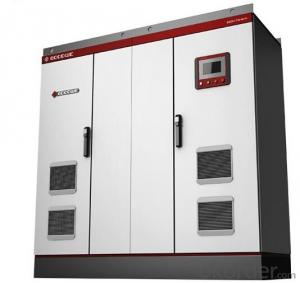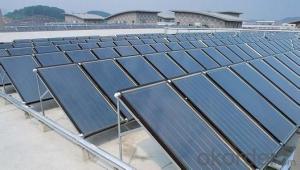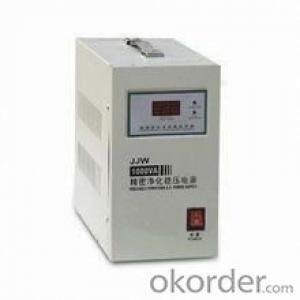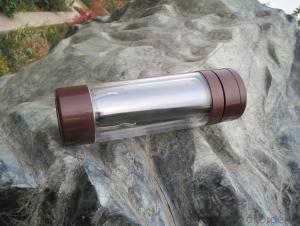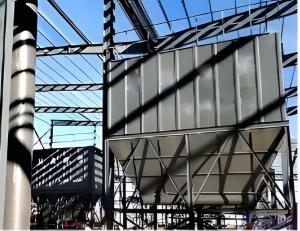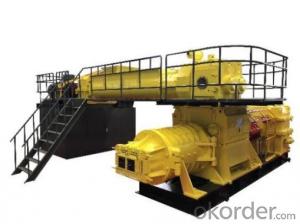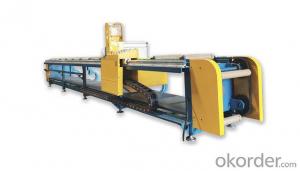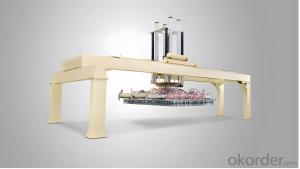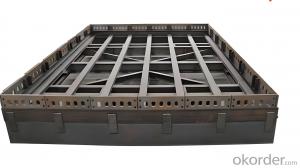Havells Solar Inverter
Havells Solar Inverter Related Searches
Havells On Grid Solar Inverter Hybrid Solar Inverter Powerland Solar Inverter Inverter Hybrid Solar Hybrid Inverter Solar Hybrid Solar Power Inverter Solar Hybrid Inverter Household Solar Inverter Solaris Solar Inverter Solar Solar Inverter Hans Solar Inverter Home Solar Inverter Solar Home Inverter Harbor Freight Solar Inverter Home Depot Solar Inverter Inverter Solar Hybrid Powland Solar Inverter Hyundai Solar Inverter Hybrid Solar Inverter System Hybrid Inverter Solar System Hybrid Solar Charger Inverter Home Solar Inverter System Heavy Duty Solar Inverter Solar House Inverter Solar System Hybrid Inverter Inverter Solar Tesla Hybrid Solar Inverter Thunderbolt Solar Inverter House Solar Inverter High Power Solar InverterHavells Solar Inverter Supplier & Manufacturer from China
Havells Solar Inverter is a cutting-edge product designed to optimize the performance of solar energy systems by converting the energy generated by solar panels into usable electricity. This advanced technology ensures maximum efficiency and reliability, making it an essential component for any solar power setup. The product is specifically engineered to cater to various applications, such as residential, commercial, and industrial solar power generation systems. Its versatility allows it to be integrated seamlessly into different types of solar energy projects, providing a reliable and efficient energy source for various needs.The Havells Solar Inverter is widely recognized for its robust performance and high-quality standards, making it a popular choice among solar energy enthusiasts and professionals alike. Its application in various usage scenarios, such as powering homes, businesses, and even large-scale industrial operations, highlights its adaptability and effectiveness in harnessing solar energy. This product plays a crucial role in reducing dependence on non-renewable energy sources and promoting sustainable energy solutions.
Okorder.com is a renowned wholesale supplier of the Havells Solar Inverter, boasting a vast inventory to cater to the growing demand for this innovative product. As a trusted source for solar energy solutions, Okorder.com ensures that customers have access to high-quality, reliable, and efficient solar inverters at competitive prices. Their commitment to providing exceptional service and support further solidifies their position as a leading supplier in the solar energy market.
Hot Products













